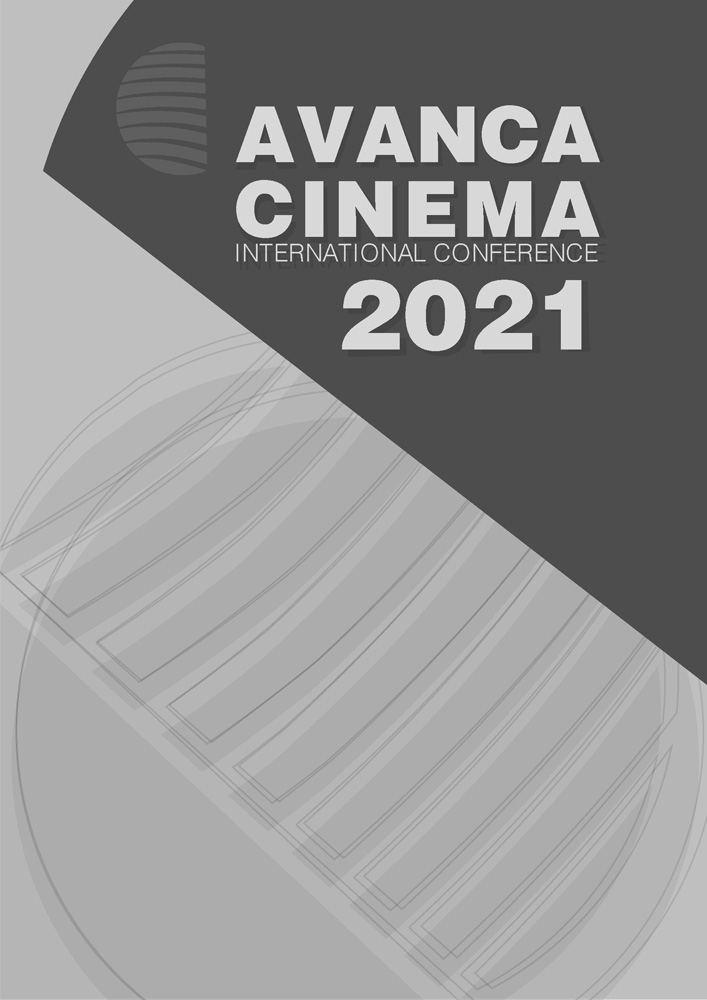Capítulo II _ Cinema - Cinema
Sinfonias Urbanas: Utopia e Semiose Documentária
Resumo
In this 21st century, city symphonies encompass great reference titles in a remarkable hundred-year-production. As having an experimental nature related to the documentary approach, they seem to propose a sort of utopia revealing a crucial work of the visual. This study aims to investigate the similarities and the differences between the first titles from the 1920s and the more recent ones from the 1990s and 2000s. For such, a universe of semiosis shall be realized in a concern about all events of life in a metropolis. More accurately, Peircean semiotic and Semiology offer a coherent and systematic field in the study of signs which may elucidate the complex connections between city symphonies’ filmic aesthetics. If they can be examined in their innovations and firstness, which establish and reinforce their avant-garde profile, in addition to the aspects of the historical world; a group of urban codes may also be focused evoking the secondness and thirdness – that is the power of the triadic system of signs. Berlin, Symphony of a Great City (1927, 2002), by Walter Ruttmann and Thomas Schadt, the meta-city symphony The Man with a Movie Camera (1929), by Dziga Vertov, its prior Kino-Eye (1924) and Vertov’s circle, for instance, Mikhail Kaufman’s Moscow (1927), Douro, Faina Fluvial distinct versions (1931, 1934, 1996), by Manoel de Oliveira. These titles shall constitute references of our findings.

Este trabalho encontra-se publicado com a Licença Internacional Creative Commons Atribuição 4.0.

